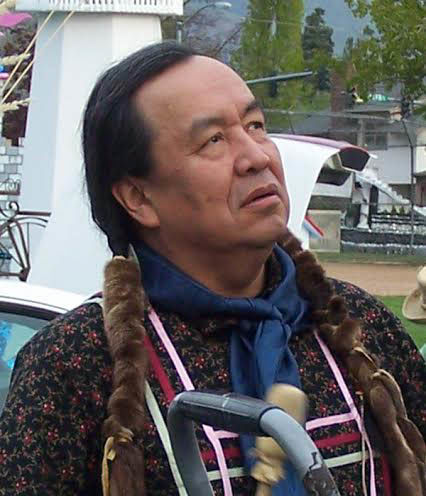Chelan PUD’s redeveloped Discovery Center gives us much to celebrate, think about
Chelan County PUD’s reopened Discovery Center at Rocky Reach Dam is a tremendous new community asset that honors the culture of the P’Squosa people and the vision and courage of civic leaders who saw the benefit of locally-owned public power.
The PUD held a small dedication ceremony last week and offered an opportunity to see the interactive displays that capture the history of Native American people here and the history of public power and the development of renewable energy on the Columbia.

The redeveloped visitor center with its interactive displays provide a wonderful new educational opportunity for our school children and for the community at large.
The story of the development of our river resources is one of great triumph and also one of tremendous costs in terms of the impact on our Native American neighbors and on the salmon runs they relied upon as the foundation of their culture.
Appropriately, the PUD asked P’Squosa historian, civil rights leader, educator and storyteller Randy Lewis to offer a blessing for the opening of the center.
The development of the Columbia for power and irrigation ”has not always been pleasant for Native Americans,” Lewis acknowledged. “Dams displaced us,” he continued. “They displaced the cultural component called the salmon. Water is life, salmon is life, the land is our life and we took a licking on all those things.”
“But we are still here,” he said proudly. Lewis said he was grateful to have had the opportunity to work with PUD education specialist Bob Bauer to make sure the history of the P’Squosa was faithfully reflected in the visitor center.
Lewis offered the following words of wisdom: “Never forget the people that were here,” he told the crowd. “Never forget your footsteps on this land… you are stepping in the footprints of many generations of our people.”
It is encouraging that our communities are beginning to reconnect with the history of the P’Squosa and Lewis has been at the forefront of helping local organizations tell those stories.
It’s also important that we continue telling the story of the development of public power in North Central Washington. The mid-Columbia PUDs own dams because of the vision and courage of those who came before us and their willingness to take calculated risks that have created the foundation for the financial health and well-being of our region.
Steve Wright, Chelan PUD’s General Manager, noted that the PUD’s 2015 strategic plan, which was developed broad community input, was focused on paying down debt, investing in the utility’s assets and people, and establishing a public power benefit, in which the utility set aside resources to enhance the quality of life for people of the county. The redeveloped Discovery Center helps fulfill the latter two of those objectives.
PUD Commissioner Randy Smith reminded the crowd about the importance of the vision by early PUD general manager Kirby Billingsley, who was instrumental in the foundation and development of the utility. Multiple generations of the Billingsley family, including Kirby’s daughter Rielle, were present for the dedication. At the Discovery Center, banners tell the story of key individuals who helped foster the vision of public power.
We hear a lot these days about the benefit of private enterprise vs. the limitations of government. Public ownership, which is often reviled, can be a very positive thing, as our locally owned PUDs have demonstrated. The PUDs, which falls on the “socialist” side of the spectrum, has generated incalculable benefits locally that wouldn’t have happened under private ownership. We would never have seen the development of parks, the collaborative habitat conservation plans that allow for greater autonomy in meeting fish targets and so many other benefits.
As we make decisions about how we use the precious natural resources here that are ours to steward, may we consider the impact on the generations who are to succeed us here.
I’m encouraged by the Chelan PUD mantra they use to drive decisions: The best, for the most, for the longest, as in what’s in the best interest for the most people for the long term.




